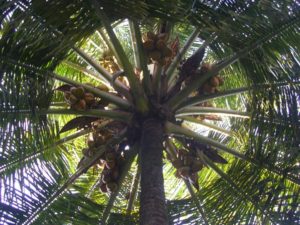In every market where there’s a major change, there’s a tipping point when consumers decide they no longer want to buy into what is currently being offered – even if those offerings have been around for some time. The turf infill industry may be ready for its own tipping point.
Greenplay and our founder, Domenic Carapella, were recently featured in an article on plant-based infill in the turf market for a publication called Athletic Business. If you haven’t had a chance to read the article yet, we would highly encourage you to check it out and see what the latest trend is in the synthetic turf market.
The trade magazine is a must-read for individuals in colleges and universities, high schools, park and recreation departments, military branches and bases, health clubs, YMCAs, professional sports teams, stadiums and arenas, sports architecture firms, and hospital and corporate wellness centers. Overall, there are 40,000 subscribers of the magazine as well as tens of thousands visitors to its online site.
Paul Steinbach wrote the piece, and he looked at the growing popularity of plant-based infill and why more readers of Athletic Business may be looking for alternatives to crumb rubber. The truth is that crumb rubber infill presents many issues. One infill supplier remarked how crumb rubber is hot, dusty, and smells. Plus, there have been some studies linking it to heat-related injuries and potential exposure to carcinogens.
Yet, crumb rubber is still used on a great majority of synthetic turf fields. Some estimate that it could be as much as 12,000 fields. Sure, crumb rubber is cheap, but there are way too many negatives to justify the number of synthetic fields that still have turf infill.
When Domenic Carapella was interviewed about plant-based turf infill, he was quick to point out that the market has grown exponentially in just three years. In the past 30 months, he said that Greenplay has supplied more than 60 fields. That’s significantly more than Carapella had supplied in the previous ten years. Carapella says the public wants alternatives and is driving the change towards natural infill.
Greenplay’s organic infill is made from sustainable plant-based materials that offer customers the best overall safety options. Greenplay’s turf infill features comparable field temperatures to grass, low Gmax ratings to reduce the threat of significant injury, enhanced foot stability, low abrasion, and more.
Although there is a long way to go before plant-based turf infill becomes the standard, the enthusiasm for alternatives to rubber crumb indicates we will eventually get there.







